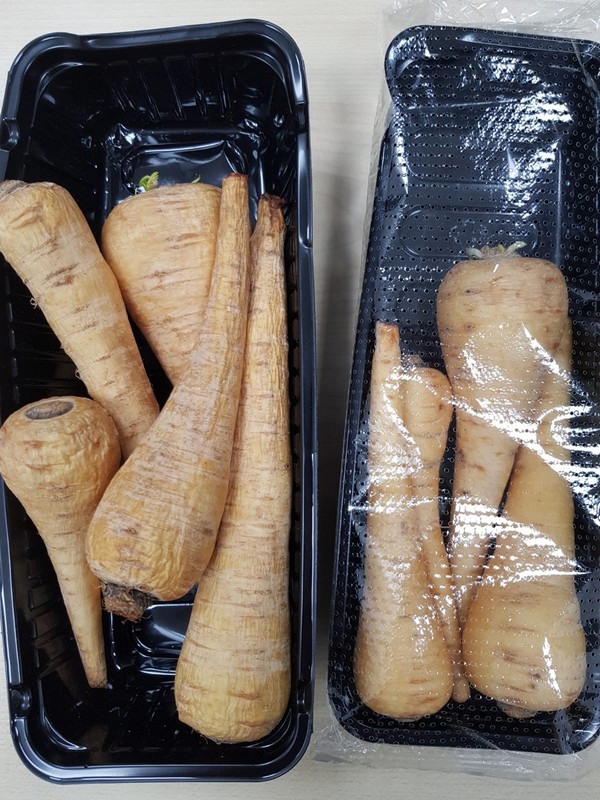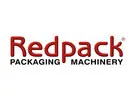Now more than ever we are reminded of the importance of food security. All around the globe consumers are preparing for the threat of the Corona virus and in many places panic purchases have ensued. A picture that can be seen in many places are empty shelves in fruit and vegetable sections of supermarkets – all that remains is unpackaged produce. It becomes clear that while packaging has been (rightfully) under scrutiny for quite some time now, its purpose in terms of hygiene, remains.
Aside from hygiene there are three other major purposes of packaging fresh produce: an extended shelf life (and therefore less food waste), convenience and marketing. There is a call for a more differentiated look at packaging: Where can we save the material and where can it save the security of supply?
"The current issue with the Corona virus is not the first instance in which the utility of packaging is being re-evaluated. In the US, for example, it is it used to keep E. coli bacteria at bay. The produce is packaged right after the harvest and touch-points along the supply chain are eliminated. This keeps consumers healthy but also increases traceability, should there be any issues with contamination or diseases", Rick Briston of Redpack Packaging Machinery comments. "Still, even now, not all produce needs to be packaged. If the peel isn't usually eaten, there already is an additional protective layer. We need to find a good medium."
The starting point for finding a reasonable solution varies between different markets: "In the UK it has been more common for a longer time to package produce, compared to Europe, for example. Now some markets are trying to shift away from packaging in general and are looking for alternative materials." Rick encourages this movement, however, he hopes for a differentiated look at packaging.

The effect of just 24 hours of being unwrapped. Photo: Redpack
"The reasons packaging exists in the first place are still applicable today and those conditions are unlikely to go away. Retailers have tried keeping fruit and vegetables naked but it's lacking consumer acceptance and is bad for the shelf life. There needs to be a much greater focus on plastic reduction and on how we can make the plastic packaging more sustainable in the long run by improving recycling. How are we going to implement recycling strategies properly in the future?"
He continues: "Plastic has many advantages, the real question needs to be how we're going to deal with it after we've used it and not possibly create more problems for us in the long run with alternative materials."
For the future, Rick is hoping for the government to get more involved with the issues of recycling – but also with public health: "Governments have a duty to protect the environment we live in but also towards public health. I'm hoping for programs that will address the advantages of plastic in terms of weight, carbon footprint, water usage, recyclability and hygiene. Plastic is one of the most useful inventions of mankind but we need to be able to use it to its fullest potential. If we get rid of the plastic, what do we actually do to the environment in terms of carbon footprint, both by creating food waste and by using alternative packaging?"
He believes consumers are being led astray by marketing: "Ultimately the consumer needs to be more educated on the impact of getting rid of plastic packaging, and move away from a one sided story of trash. There are some 'alternatives' that end up making the situation worse. One example being the paper straws used by a large fast food chain: They look environmentally friendly but the glue that was used on them makes them impossible to recycle."
"There is no such thing as a perfect answer, no packaging will tick all the boxes but we can move towards a better goal. Figure out what to do with plastics in landfills. And we need to figure out what we are willing to get rid of – what are the trade-offs we are willing to make?"
For more information:
Rick Briston
Redpack Packaging Machinery
Walstan House
39 Barnard Road
Bowthorpe, Norwich
NR5 9JB
United Kingdom
Phone: +44 (0) 1603 722 280
Email: info@redpack.co.uk
Web: www.redpack.co.uk
